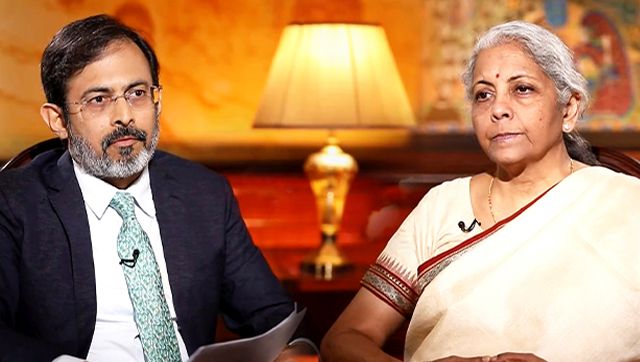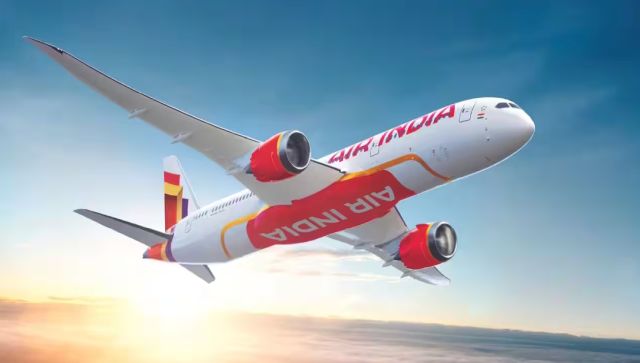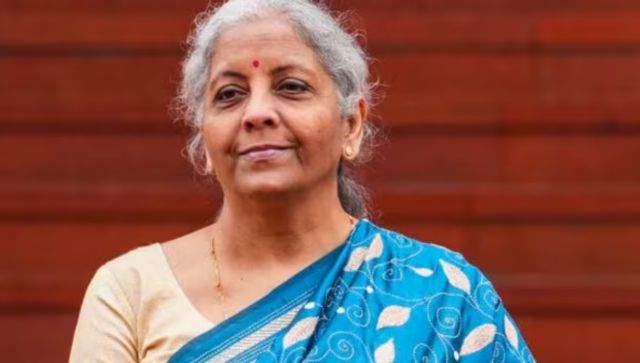With the date for budget 2019 is drawing nearer, most of the spokespersons for non-banking financial companies (NBFCs) are focusing on what more the government should do to address the acute pressures on the liquidity front that India’s NBFCs have been facing since the IL&FS crisis story uncovered last year. Various estimates suggest that NBFCs cater to 30-45 percent of the total credit in India.
While important steps have been taken to ensure NBFC funding is not affected, a lot more needs to be done to ensure NBFCs get back into the growth mode so that credit flow to the informal sector of the economy does not get choked. However, in this post, I will focus on three aspects relevant to NBFCs where I believe the budget can, and should, make a difference.
Urgently incentivise cashless payments
My first concern is the current state of India’s push towards digital and cashless modes of payments. This is a laudable objective that appears to have veered off-course somewhat and therefore in need of a course correction.
Recent reports indicate that the use of cash in the Indian economy is once again in the ascendant and may even have gone back to the pre-demonetisation levels. That is a negative development because while demonetisation inflicted pain all around, the surest way of making it worthwhile would be by forcing the pace of digital and cashless modes of payment and reaping the long-term gains that would accrue from this shift.
As an emerging economy, one of the concerns about India’s economy was its high usage of cash. In 2015, it was estimated that 98 percent of transactions by volume happened in cash while it was 68 percent in terms of value. The size of India’s shadow economy, a by-product of the cash economy, stood at 26 percent of the country’s GDP. Simply put, over a fourth of the Indian economy was unaccounted for and therefore untaxed too.
By very design, cashless modes of payment improve efficiency, cut costs (when banks and NBFCs handle cash, it adds to their costs) and increase tax compliance by formalising the economy. Further, in the cashless mode, funds move from the payer’s bank account to the recipient’s bank account, even as the entire money remains within the banking system.
Consequently, deposits within the banking system are higher as compared to when cash is withdrawn. With a higher deposit base, banks are able to lend more, and at lower interest rates, leading to all-round gains for everyone, from the common man to the hot-shot industrialist.
Given these benefits, there is a pressing need to get back on track with cashless payments. The approach should rely largely on an incentive mechanism that rewards cashless transactions accompanied by some disincentives (preferably mild) on the use of cash. (While the carrot and stick approach is time tested, it works best when the carrot gets precedence.)
Particularly helpful would be if the forthcoming budget were to push for a tax regime that levies lower tax rates on cashless transactions. Once people see the prospect of monetary gain from going cashless, they will themselves seek out ways to get into the cashless modes. With meaningful positive incentives in place, the government can then consider disincentives such as a tax on cash withdrawal above a certain limit etc. which will face less resistance now.
Access for NBFCs to SARFAESI on par with banks
In Aug 2016, the government allowed NBFCs registered with RBI and having an asset size of over Rs 500 crore to exercise powers under the Securitisation and Reconstruction of Financial Assets and Enforcement of Securities Interest Act, 2002 (SARFAESI Act).
This was in fulfilment of a commitment made by Finance Minister Arun Jaitley in the 2015 budget. However, the NBFCs were allowed to enforce security interest of only those cases which involve principal amount of at least Rs 1 crore or above while the monetary limit prescribed for other classes of secured creditors is Rs 1 lakh.
Given the importance of NBFC’s to India’s economy, we believe that NBFCs should be allowed the right of recovery of dues under SARFAESI Act without discrimination, i.e. for the sums of Rs 1 lakh and above.
Priority sector tag for small ticket gold loans by NBFCs
While gold loans given for agriculture activities by banks are considered as priority lending, gold loans by NBFCs, irrespective of the purpose, are not falling under this classification. Even for NBFCs, the demand for gold loans comes mainly from the poorer sections in rural and semi urban areas who lack access to formal credit channels.
Priority sector tag for gold loans by NBFCs will improve bank funding for such NBFCs and make life easier for the poorer sections of the society who frequently borrow against gold. Moreover, average ticket size of NBFC gold loans ranges between Rs 30,000 and Rs 50,000 which further corroborates the fact that they cater mostly to the marginalised sections.
Clearly, India’s NBFCs dealing in gold loans, and the ordinary people of the country who depend on these loans, need a better deal.
(The writer is MD & CEO of Manappuram Finance Ltd)
Follow full coverage of Union Budget 2019-20 here.To keep watching India’s No. 1 English Business News Channel – CNBC-TV18, call your Cable or DTH Operator and ask for the Colors Family Pack (inclusive of 24 channels), available for Rs. 35/- per month, or subscribe to the channel for Rs. 4/- per day.
To keep watching the Leader in Global Market & Business News – CNBC-TV18 Prime HD, call your Cable or DTH Operator and ask for the Colors Family HD Pack (inclusive of 25 channels), available for Rs. 50/- per month, or subscribe to the channel for Rs. 1/- per day.


)




)
)
)
)
)
)
)
)